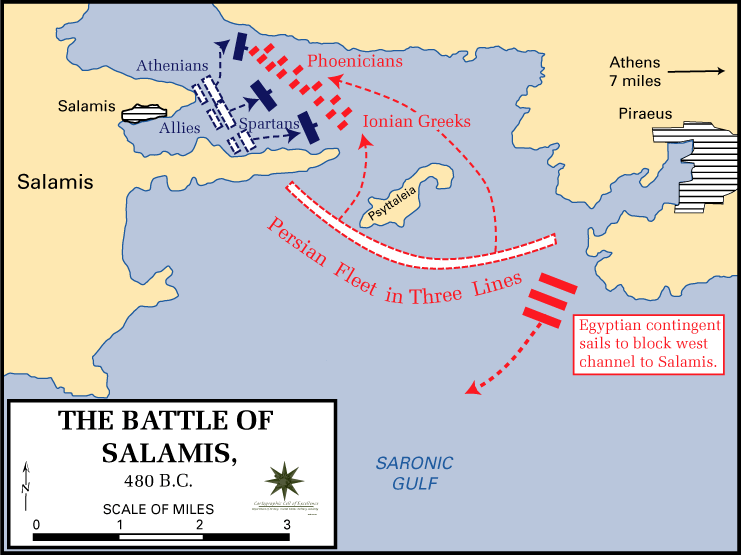A few weeks ago I went to the 46th annual Ottawa Gem and Mineral show. I have always been a dedicated mineral and fossil collector and shows like this allow me to indulge my inner collector and drool over all the fantastic specimens. I have been to a lot of shows, all local such as Kingston, Peterborough and now the Ottawa show, but there are tons all over the world. In fact, I would speculate that most large communities have a mineral show. Indeed, some like Tuscon or Munich are renowned among the mineral collecting community. The Ottawa show was far more modest than those other “supershows”, however, it is still a great show with lots of vendors selling and displaying all sorts of great samples.

A view of the show. (Photo: Matt Herod)
Therefore, I thought it would be fun to share the show and post some pictures of the best specimens that I saw/could not afford. In fact, I think the only part of me that had a bad day was my wallet as it was significantly emptier for my having been. I guess poverty is just one of the sacrifices I’ll have to make for this blog.
I hope that you enjoy gratuitous photos of minerals.
I’ll lead off with this show-stopper below. A superb piece of Stibnite showing two episodes of growth from Wuling, Jiangxi Province, China. It was selling for $250.

Next up is this great specimen of Magnetite. It hails from Mina Huaquio, Potosi, Bolivia and I am not sure what the price was, but I would estimate over $50 for sure, if not close to $100.

Boom! Next: $$$$$$$$$$$$$$$$$$$$$$$

The following piece may be the most spectacularly piece of oxidized Bornite that I have ever seen. It hails from Mexico.

For our next show-stopper we have this beautiful, light pink, Halite from Searles Lake, California. It is going for about $50.
 A terrific piece of Scolecite from Neral, Maharashatra, India. There is also some Stilbite in there and maybe some Apophyllite. This piece is massive. I couldn’t get a scale because it was behind glass, but it is about 40cm wide and 20 high and was selling for about 6 months salary for me, a grad student, and a month’s for a geologist with a real job.
A terrific piece of Scolecite from Neral, Maharashatra, India. There is also some Stilbite in there and maybe some Apophyllite. This piece is massive. I couldn’t get a scale because it was behind glass, but it is about 40cm wide and 20 high and was selling for about 6 months salary for me, a grad student, and a month’s for a geologist with a real job.  This the the last drooling photo of a mineral before I show some other stuff from the show. It is a tray of pyrite crystals from Navajun, La Ruja, Spain. Great, sharp crystals, and going for affordable prices. Not everything at these shows is super expensive.
This the the last drooling photo of a mineral before I show some other stuff from the show. It is a tray of pyrite crystals from Navajun, La Ruja, Spain. Great, sharp crystals, and going for affordable prices. Not everything at these shows is super expensive. 
Next, we change gears a little. I am now going to stop with the gratuitous mineral pics and show some pics of the fossils on sale and some of the other knick knacks that were available.
First up is a plate of fossil fish, Diplomystus, Knightia and Priscara from Kemmerer, Wisconsin. They are around 55 million years old and are selling for $1700.

Next is a complete mold of a Pseudogygites latimarginus from the Blue Star Quarry, Bowmanville, Ontario selling for 45$. This is actually a decent price for this fossil. I know that it is only a mold, but finding a complete specimen of this species is rare in Ontario. I have done a lot of collecting in the Bowmanville area in the same rocks that hold this fossil and only every found tails and heads.

There was also lots of jewelry at the show and cut gems. I am not usually interested in this sort of stuff, but I happened to be there with a jeweler. So he was pointing out some of the interesting cut gems available. He bought a few and I am looking forward to seeing what he makes with them.

I have been going to rock and mineral shows since I was a kid and have always enjoyed them. They are mostly attended by the general public and hobbyists. Not very many geologists make it out to them. I know that very few of my colleagues managed to attend despite good intentions. I have to lament this as a lost opportunity for public engagement. As geo-bloggers we continually wail about how best to reach out to the public and the lack of geoscience reaching people in their day-to-day lives. Honestly, I can’t think of a better opportunity to reach people of all ages and backgrounds better than at a rock and mineral show. Attendance normally numbers in the thousands at these events and people unanimously love them and leave feeling interested about minerals and fossils. Shows like these are the perfect opportunity for geology departments to reach out to the public and make them aware of other aspects of the science beside consumer driven ones. I encourage anyone who reads this to consider attending a show near them. For any academics that read this I encourage you to set up a booth from your department to raise awareness about geoscience research.
Sorry for ranting at the end. I’d really like to hear about other people’s experiences at mineral shows. Do you think they are a missed opportunity for geology outreach?
Thanks for reading,
Matt






















